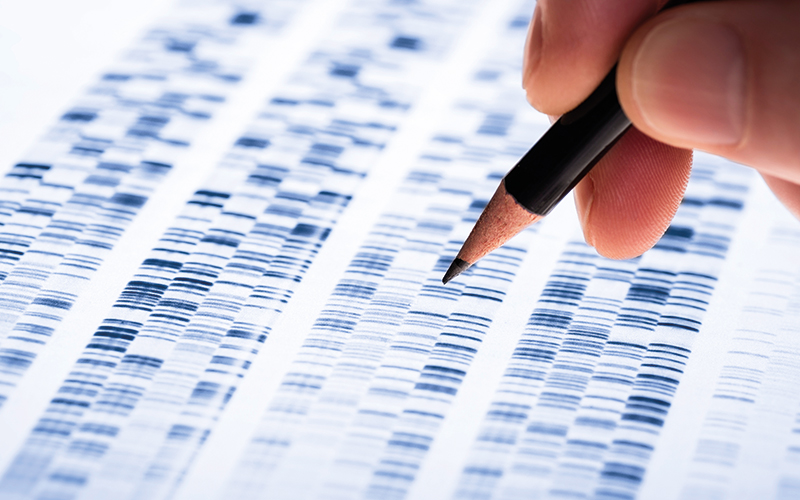A new technique has been developed that uses high-throughput sequencing, instead of a microscope, to obtain ultra-high-resolution images of gene expression from a tissue slide.

The technology – which is called Seq-Scope – enables a researcher to see every gene expressed, as well as single cells and structures within those cells, at incredibly high resolution: 0.6 micrometres (or μm) or 66 times smaller than a human hair.
Jun Hee Lee led the team from the University of Michigan Medical School. He said: “Whenever a pathologist gets a tissue sample, they stain it and look at it under the microscope.
“We have made a microdevice that you can overlay with a tissue sample and sequence everything within it with a barcode with spatial coordinates.”
Each “barcode” is made up of a nucleotide sequence – the pattern of A, T, G, and C – found in DNA. Using these barcodes, a computer is able to locate every gene within a tissue sample, creating a Google-like database of all of the mRNAs transcribed from the genome.
“People have been trying to do this with other methods, such as microprinting, microbeads or microfluidic devices, but because of technological limitations, their resolution has been a distance of 20–100 micrometres (or μm). At that resolution you can’t really see the level of detail needed to diagnose diseases,” Lee said.
Lee added that the technology has the potential to create an unbiased systematic way to analyse genes.
Image Credit | Shutterstock




